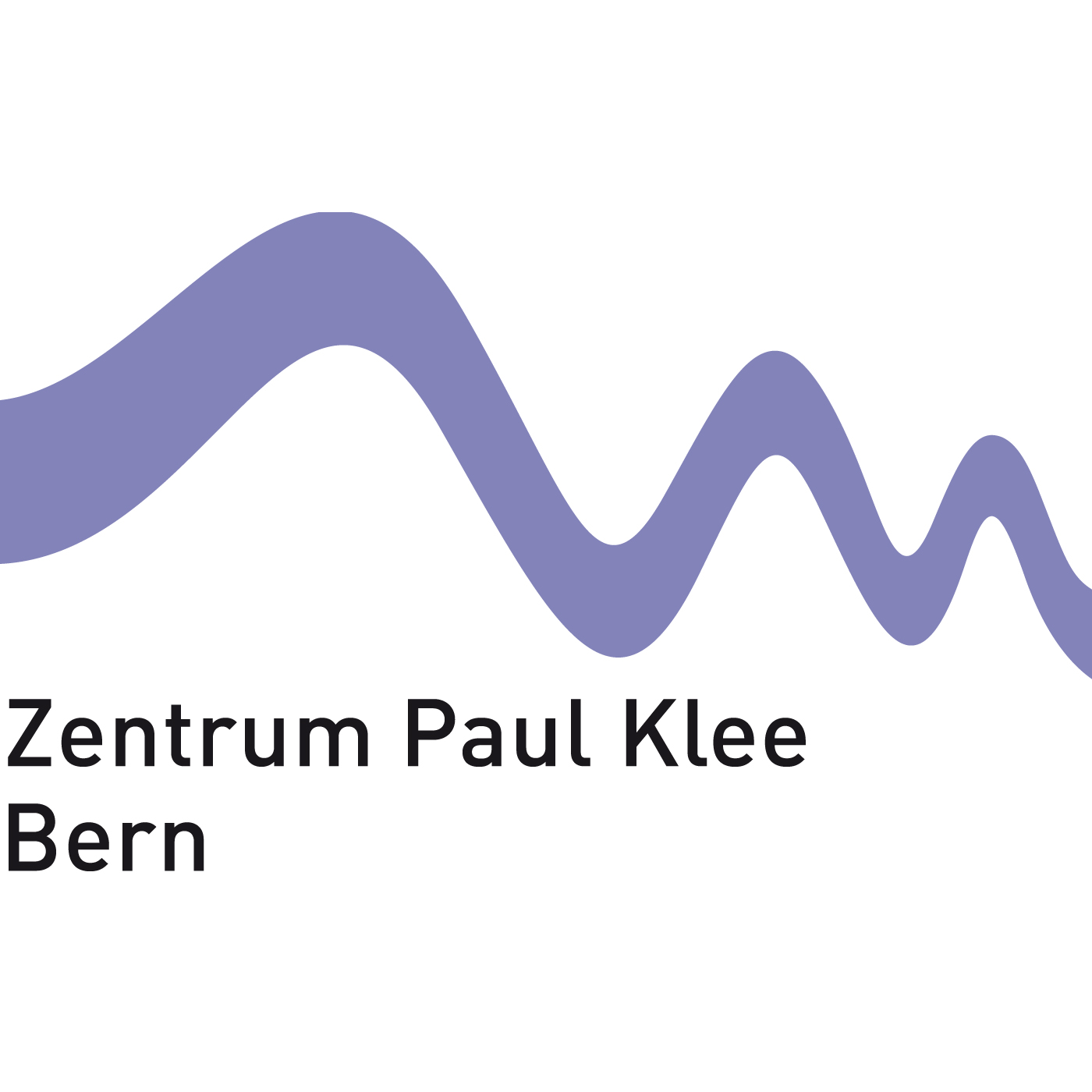Paul Klee - Room Perspective with inhabitants, 1921
Description
Paul Klee only rarely took an interest in perspectival constructions of spaces, architectures and places. Very early in his work, rather than traditional central perspective, he opted for free methods of construction which were inspired above all by Cubist ideas of composition, but which also took them further. Another source of inspiration lies in the metaphysical squares and architectures of the Italian painter Giorgio de Chirico. De Chirico’s works from the 1910s, with their empty, dream-like squares and rooms, had a great influence on a wide range of artists, particularly the Surrealists. In «Room Perspective with Inhabitants» the relationship with de Chirico’s works is clearly apparent. Klee constructs the view into a room in a simple way. It shows a few cubical pieces of furniture and the inhabitants. Klee «builds» the inhabitants into the perspective: three figures seem to lie on the floor, three more stick to the right-hand wall. They are not depicted as three-dimensional bodies, but as constructions of flat forms. They thus contradict the three-dimensionality of the perspectival construction by being simply flat. A pencil drawing and a 1921 version of the «Room perspective» have been preserved. A similar colour composition entitled «Room Perspective with Dark Door» was produced a short time before. Klee transferred the colour version to the picture support using an oil transfer. For that reason the pencil drawing reveals scoring marks that can be produced when scoring with a sharp object. Four years later Klee reworked both «Room Perspectives» and renamed them «The Other Ghost Chamber» and «Ghost Chamber with the High Door». Accordingly the two-dimensional human figures became ghosts from another realm.
More Episodes
At the time around 1919, after his experiences in the 1st World War and his first successes in the art market, Paul Klee took up the theme of personal awareness and self-reflection in numerous self-portraits. The best known of these is the pencil drawing «Absorbtion». Klee’s theme here was less...
Published 03/17/17
You would not want to meet Paul Klee’s "hungry girl" from 1939 in a dark alley at night. It shows a girl as a tooth-baring beast with glaring eyes. Nothing remains of a human being, let alone a sweet little girl. Its whole appearance is animal-like, even down to the little lines that Klee uses...
Published 03/17/17
The doll with purple ribbons appears strange. The androgynous mixed being seems to float in space as though directed by an invisible hand. For the first time in Klees work a humanlike figure is shown as a marionette, a motive which in his later work gained great importance. The doll behaves...
Published 03/17/17


